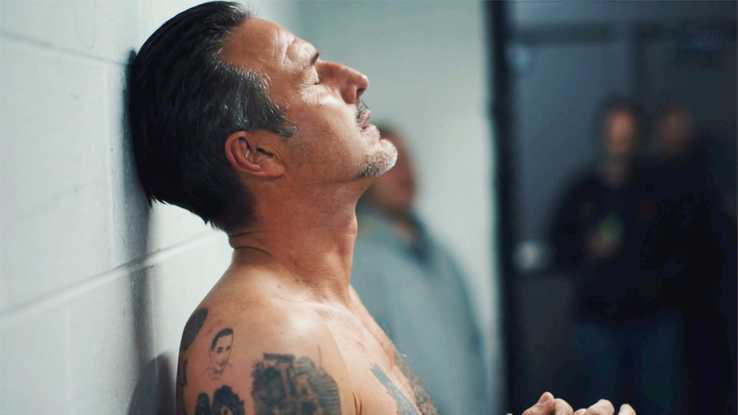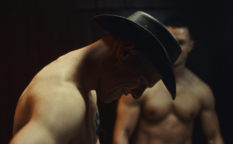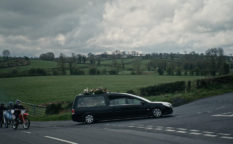Review: You Cannot Kill David Arquette (2020)

Readers of a certain age will remember David Arquette as a promising young actor – a likeable presence in films such as Eight Legged Freaks and the Scream series. This was back in the nineties when the Arquettes vied with the Baldwins for Hemsworth-like ubiquity. He married everyone’s least favourite F.R.I.E.N.D, and then they got divorced and then there was a slide into relative obscurity. So much so that when footage of the actor bleeding heavily from a neck wound during an extreme wrestling bout emerged the internet reacted with mix of incredulity, concern – there was a lot of blood – and schadenfreude: so that’s where he is!
This insanely entertaining documentary by David Darg and Price James fills in the picture. During a promotional tour for the long-forgotten ‘comedy’ Ready to Rumble, Arquette took part in a series of fights for the WCW, which culminated in him winning the World Title. The joke quickly turned sour and Arquette – a lifelong wrestling fan – now found himself spurned by the sport and hated by its fans. Worst of all the film itself wasn’t worth such an Andy Kaufman-esque and with addiction and mental health problems mounting up, Arquette’s career slid all too easily into the ‘Where are they now?’ bin of a hundred clickbait articles.
The film chronicles Arquette’s attempt at redemption. Starting at the bottom and paying his dues, Arquette suffers a multitude of indignities, from being treated as a pariah at a Wrestling convention to fighting and being soundly destroyed at a backyard wrestling bout which is so lo-fi that the ring breaks in two halfway through one of the fights. The arc from this low point to triumph is all too predictable, but nonetheless a sack of fun. On a trip to Mexico, he gets involved in street wrestling, entertaining motorists at a busy intersection while the lights are red. He even goes fully Rocky and chases a chicken.
As with wrestling itself, it feels besides the point to wonder about how real and how staged the documentary itself is. An early brush up with the Nasty Boys wrestling team feels contrived to set up a later reunion, for example. What’s important is the figure of Arquette himself and the reality of the pain he is obviously going through. The fallen star is obviously a lost child, by his own admission, who finds in wrestling the possibility for play and performance. This point is even made by the furniture in his yard which is oversized so that he sits with his feet dangling off the floor. And though the film has a lot of humour, it is also remarkably touching to see Arquette win acceptance from his peers and even win over his embarrassed and reluctant family. It is also a window into the low echelons of the wrestling world that Darren Aronofsky’s 2008 Mickey Rourke feature The Wrestler and Robert Greene’s 2011 documentary Fake It So Real.
At the heart of the film is Arquette’s own struggles and the suggestion that his wrestling mania is a further addiction, and not necessarily a healthy one for a man who has already had a heart attack. The authenticity of the film might be open to question by minds more cynical than my own but the sincerity of it is incontestable.
Written/Directed by: David Darg, Price James
Cinematography: David Darg, Price James
Editor: Paul Rogers
Costume Design: Juan Guerrero
Makeup: Ila Erickson
Visual effects: Patrick Lonngstreth
Additional visual effects: Neal Jonas
Sound Designer: Kim B. Christensen
Re-recording Mixer & Supervising Sound Editor: Jacob Bloomfield-Misrach
















